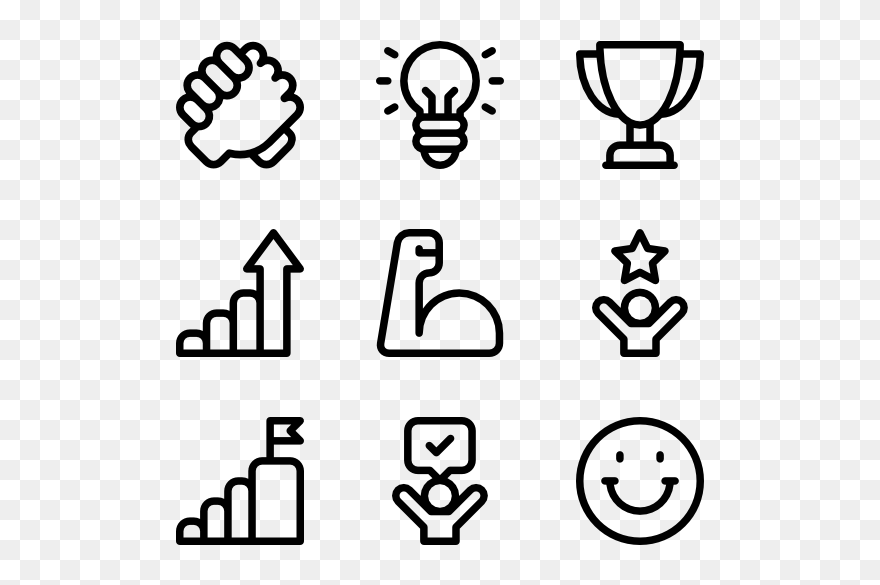Unlocking the Power of Public Speaking: A Comprehensive Guide to Confident Communication
Public speaking is a transformative skill, vital for personal and professional growth. Whether you're presenting a groundbreaking idea, delivering a persuasive speech, or simply engaging in confident everyday conversations, mastering this art unlocks countless opportunities. This in-depth guide provides fifteen practical strategies, complete with real-world examples, to help you become a powerful and engaging communicator. Let's begin this journey together.
-
Laying the Foundation: Meticulous Preparation
Thorough preparation is the cornerstone of successful public speaking. Invest significant time in researching your topic, organizing your thoughts, and crafting a clear, concise outline. Include compelling evidence, such as relevant statistics, impactful case studies, and relatable anecdotes, to support your key points and create a cohesive and engaging presentation. For example, a presentation on sustainable energy solutions could be strengthened by including data on cost savings, environmental impact reduction, and success stories from companies already implementing similar strategies.
-
Connecting with Your Audience: Understanding Your Listeners
Effective communication depends on understanding your audience. Tailor your message and delivery style to resonate with their specific needs, interests, and background knowledge. This personalized approach fosters a deeper connection and increases audience engagement. Imagine presenting a new software program to a group of non-technical users; a successful presentation would prioritize clear, concise explanations, avoid jargon, and use visual aids to illustrate key functions.
-
Practice Makes Perfect: Refining Your Performance
Repetition is crucial for mastering public speaking. Rehearse your speech or presentation multiple times to build fluency and confidence. Practice in front of a mirror, record yourself, or present to a small, trusted group to identify areas for improvement. For an important job interview, conduct mock interviews with a friend or career counselor to refine your answers and improve your composure under pressure.
-
Conquering Nervousness: Techniques for Relaxation
Pre-presentation anxiety is common, but manageable. Utilize deep breathing exercises, mindfulness techniques, or progressive muscle relaxation to calm your nerves and reduce tension. Visualize a successful presentation, picturing yourself exuding confidence and engaging your audience effectively. Before a high-stakes presentation, such as a keynote speech, dedicate a few minutes to these relaxation techniques to foster a state of calm focus.
-
Projecting Confidence: Mastering Body Language
Body language significantly impacts your message's effectiveness. Maintain an open, confident posture, use purposeful gestures, and make consistent eye contact to build rapport and project assurance. During a sales pitch, for example, maintaining eye contact, using open hand gestures, and adopting a relaxed but engaged posture conveys confidence and sincerity, increasing your credibility with potential clients.
-
Visual Storytelling: Enhancing Engagement with Aids
Enhance your presentation's clarity and impact by incorporating visual aids, such as slides, props, or videos. These tools simplify complex information, making it easier for your audience to understand and retain key concepts. For instance, when explaining a complex financial model, incorporating visual charts and graphs can make the data far more accessible and understandable for the audience.
-
Clarity in Communication: The Power of Articulation
Speak clearly and at a moderate pace, enunciating each word with precision. Strategic pauses emphasize key points, allowing the audience time to process information. In a technical presentation, precise articulation is especially critical; clear and concise language prevents misunderstandings and ensures everyone follows your train of thought.
-
Dynamic Delivery: Modulation for Engagement
Vary your tone, volume, and pace to keep your audience engaged and highlight important information. A monotonous delivery can quickly lose an audience's attention. In contrast, a dynamic delivery, characterized by changes in vocal inflection and pace, makes your message more interesting and impactful.
-
The Art of Storytelling: Connecting on an Emotional Level
Humans are naturally drawn to stories. Incorporate relevant anecdotes and personal experiences to make your message relatable and memorable. In a motivational speech, a personal story of overcoming challenges can create a powerful emotional connection, inspiring and motivating your listeners on a deeper level.
-
Authenticity and Passion: Building Trust
Let your genuine passion for your topic shine through. Authenticity builds trust and creates a stronger connection with your audience. When advocating for a cause you believe in, sharing your personal connection and genuine enthusiasm increases your persuasiveness.
-
Embracing Feedback: Continuous Growth
Constructive criticism is invaluable for continuous improvement. Seek feedback from trusted sources and use their suggestions to refine your skills. After a presentation, ask for feedback on your delivery, content, and overall impact to identify areas for improvement in future presentations.
-
Mental Rehearsal: Building Confidence Through Visualization
Before your presentation, visualize a successful delivery. This mental rehearsal can significantly boost your confidence and reduce anxiety. Imagine yourself delivering a compelling presentation, engaging your audience, and receiving positive feedback; this positive visualization can significantly impact your actual performance.
-
Interactive Engagement: Fostering Two-Way Communication
Engage your audience by asking questions, incorporating interactive elements, or encouraging participation. This creates a dynamic, two-way conversation, enhancing engagement and understanding. In a workshop setting, interactive elements, such as polls, Q&A sessions, or group activities, can increase audience participation and knowledge retention.
-
The Unspoken Message: The Importance of Nonverbal Cues
Nonverbal cues are incredibly powerful. Pay close attention to your facial expressions and body language, ensuring they align with your message. When presenting data, a confident posture and attentive facial expressions convey credibility and increase audience trust.
-
Learning from the Best: Inspiration and Guidance
Study renowned public speakers, observing their techniques, language use, and stage presence. Analyze their speeches to identify elements you can incorporate into your own presentations. Watching videos of exceptional speakers, such as those found on platforms like TED, can provide valuable insights into effective communication strategies.
Mastering public speaking is an ongoing journey of learning and refinement. Embrace opportunities to speak publicly, learn from each experience, and continually hone your skills. With dedication and perseverance, you can transform into a captivating and impactful speaker, using your voice to inspire and influence others. Find your voice, and let it be heard!





